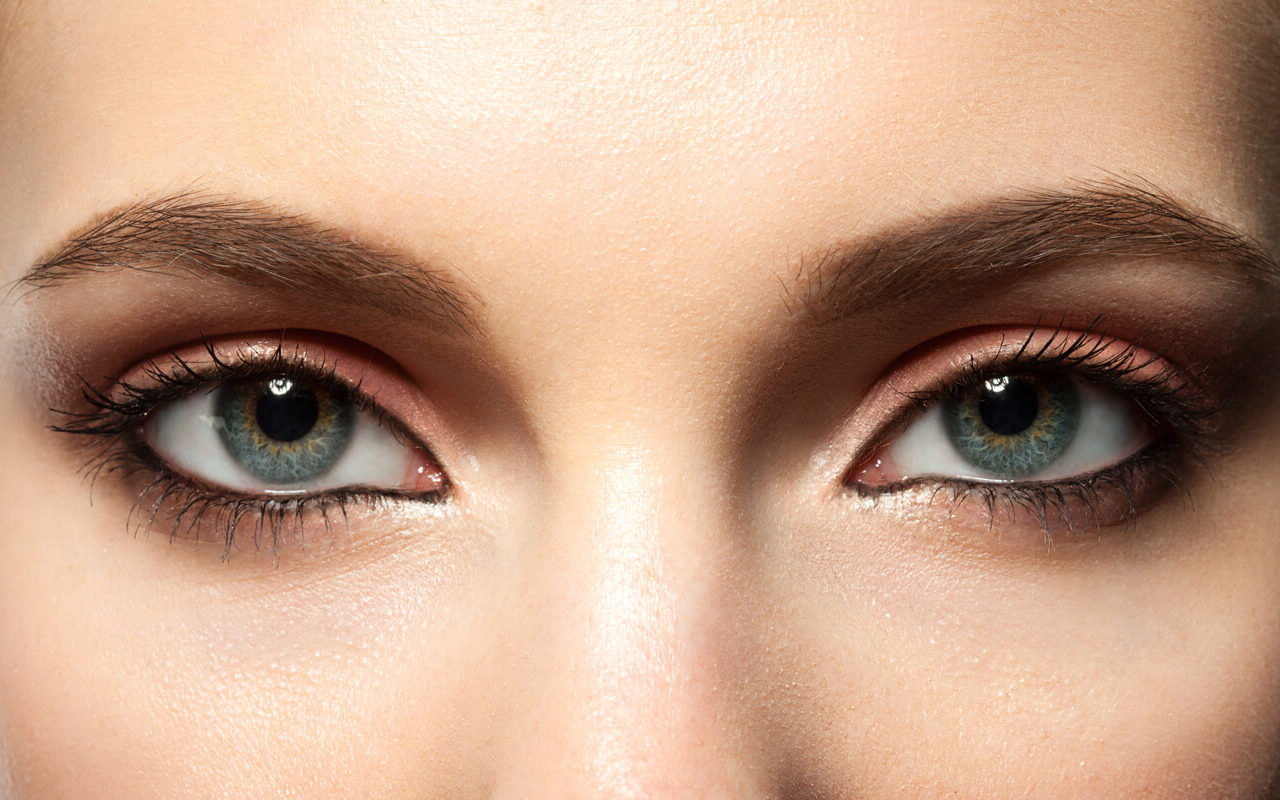There are numerous options available to the plastic surgeon to rejuvenate the upper face, or what we call the brow. Both non-surgical options and surgical options are available. Non-surgical options offer the patient a quick improvement with little to no recovery. Surgical options vary in their degree and scope and do require some recovery.
Surgical options for brow rejuvenation include eyebrow elevation through an eyelid incision, corregator muscle ablation through an eyelid incision, endoscopic browlift, and open browlift. The first two of these surgical options are limited procedures both in their scope and recovery. This may be ideal for the patient who only needs elevation of the brow but is not bothered by brow wrinkles or the patient that needs to have the muscles that cause the 11 lines weakened. However, many patients opt to have a full rejuvenation of the upper face and this is where either an endoscopic browlift or an open browlift comes into play.
Endoscopic browlifts are performed via small incisions in the hair-bearing scalp. Through these small incisions, a camera on a tube called an endoscope is inserted to visualize the anatomy. The brow is then elevated off the frontal bone and the muscles of brow animation, the nerves and blood vessels, are identified. The muscles as necessary may be divided to decrease motion and then the brow elevated. Numerous techniques such as screws, plates, and tongs have been used to maintain the brow elevation but internal sutures are efficient for most skilled surgeons.
Open browlifts are performed in a similar manner however they utilize an incision that follows the brow hairline. The major advantage of the open technique is that the surgeon can use it to not only elevate the brow but also to lower the hairline. Many patients find that as they have aged their hairlines have receded. This procedure when performed with a beveled incision, can allow for brow rejuvenation while decreasing the height of the hairline and hiding the incision so that the scalp hairs actually grow through the scar. This camouflages the scar so patients may wear their hair up.
